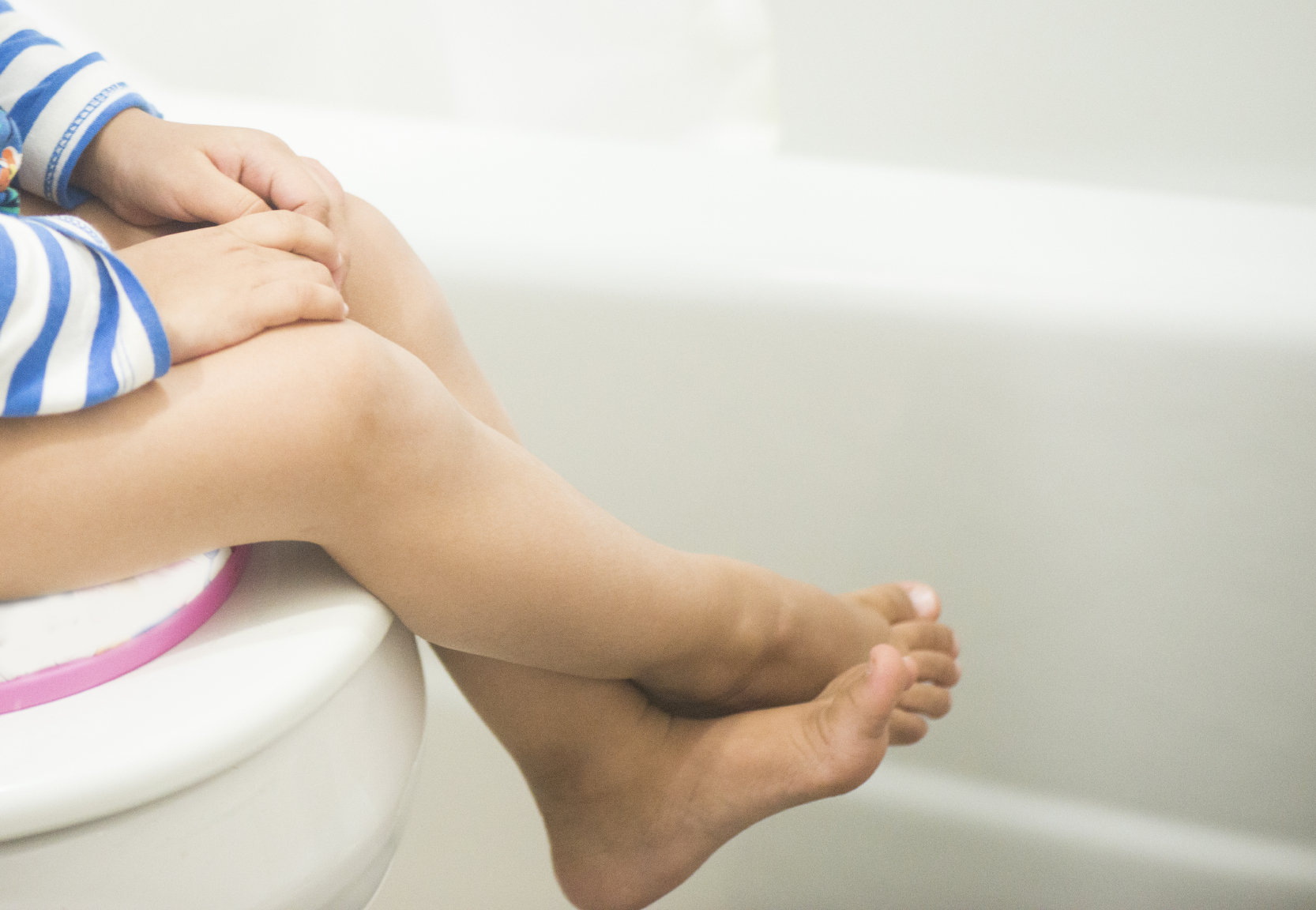Jonathan Ross, M.D., the Division Chief of Pediatric Urology at University Hospitals Rainbow Babies and Children’s Hospital in Cleveland, Ohio, offers this advice on how you can prevent that from happening.
Why are UTIs most prevalent in children around the time of toilet training?
The normal healthy cycle of bladder filling and emptying is no longer purely in play. For example, once toilet-trained, children may “hold it in” or rush the process so that they don’t fully empty their bladder, which interferes with the body’s normal flushing mechanism. Children also tend to become constipated when they toilet train and constipation is a major risk factor for UTI.
What symptoms should a mom look out for?
For bladder infections: Any combination of burning with urination, urinary frequency and urgency with or without incontinence, increased bed-wetting, low-grade fever, lower abdominal pain; rarely, blood in the urine.
For kidney infections: Your child has side pain near the kidneys and a fever (though younger children may have abdominal pain that they can’t localize to the kidney).
What can a mom do to prevent UTIs during toilet training?
The idea is to make the urinary tract more like a river and less like a swamp.
- Give your toddler plenty of fluids and encourage them to sit on the potty frequently.
- Avoid constipation. The fluids should help with that. Also, encourage your child to sit on the toilet for a potential bowel movement after each meal can be helpful (the “gastro-colic reflex” increases the chance your toddler will have a bowel movement since the natural tendency of the rectum is to empty after eating).
- Teach girls to wipe front to back.
- Avoid bubble-bath or other irritants in the bath water.
- Change out of wet bathing suits into dry cotton underpants after swimming.
How are bladder infections treated in children? UTIs can become pretty serious in children, so if you suspect one, have your primary care doctor take a urine sample. If an infection is present, it should be treated with antibiotics. However, not every child with symptoms of a UTI actually has one, so it’s important to check the urine test. Conversely, not every positive urine test needs to be treated. Some girls have bacteria in their urine on a regular basis that does not cause any symptoms. This “asymptomatic bacteruria” is usually harmless, and generally recurs after treatment anyway. Have you ever potty trained a toddler who got a bladder infection? iStock.com/Reptile8488

